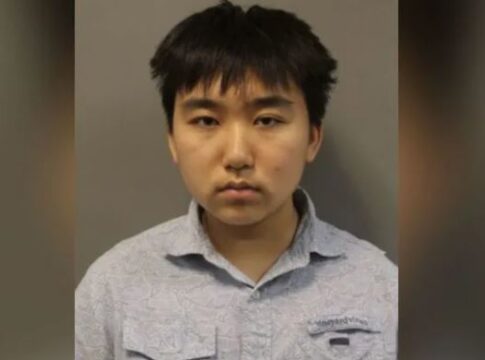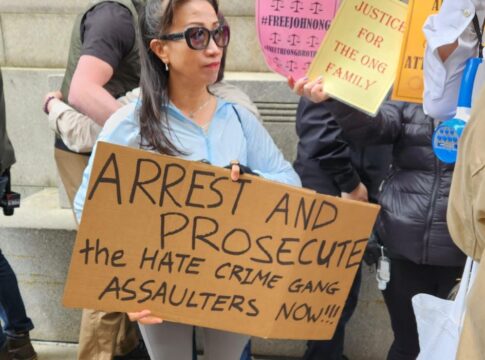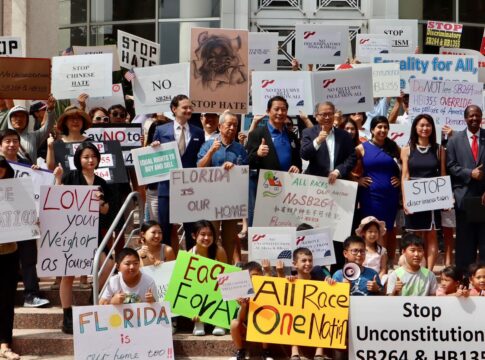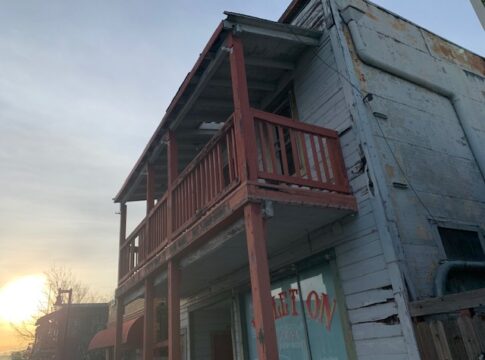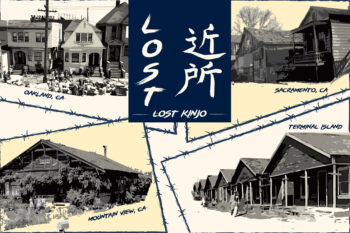By Briana Lim, AsAmNews Intern
Momentum is building to push for the teaching of Asian American history in our schools following the signing of a new law in Illinois mandating that.
AsAmNews learned of several initiatives underway to make that happen in all 50 states.
The Push
Stewart Kwoh of the Asian American Education Project has been at the forefront of this movement. He and his wife were a part of the development for the Peabody-award winning PBS documentary, Asian Americans, and have since created the project to make education more accessible.
LATEST STORIES
The Project has created 51 free AAPI history lesson plans, complete with activities and multimedia materials. They focus on key themes: Citizenship, Civil Rights, Identity, and Immigration.
The lessons cover Asian Americans from all ethnic backgrounds, and introduce incredible stories that current curriculums are lacking. For example, they ask, “What is an American? How have Asian Americans forged their own identities?” Then, they explore figures like Hollywood actress Anna May Wong and the first congresswoman of color, Patsy Mink.
“What I’ve learned is you have to work top-down and bottom-up, said Kwoh.
“Top-down: get good policies from the legislatures and school districts. But you also have to work school by school and convince the principal, the teachers, the parents, and the students that this is needed.”
The Project has reached students from California to New York to Connecticut, and hopes to reach thousands more. It’s also held training workshops for teachers.
Karen Umemoto, director of Asian American Studies at UCLA and the UCLA Asian American Studies Center are working to create the Asian American and Pacific Islander Digital Textbook. As an online, open-access textbook informed by top Asian American studies scholars, the book can dismantle any financial barriers to education.
“As an educator, I always have faith that people can learn new ways of thinking and understand the world in more complex ways than we currently do in many places across this country,” Unemoto said.
Amanda Nguyen of the civil rights accelerator Rise is taking a grass roots approach.
“It’s long past time for other states to follow [Illinois’s lead]. We’ve collected signatures from 35,000 people calling on governors to mandate teaching Asian American history.”
And where the government is slow to act, nonprofits are ready to step in, “Earlier this year, leaders across business, philanthropy, and sports communities — including organizations like Uber, the Rockefeller Foundation, and the National Basketball Association — pledged to uplift the AAPI community,” she continues.
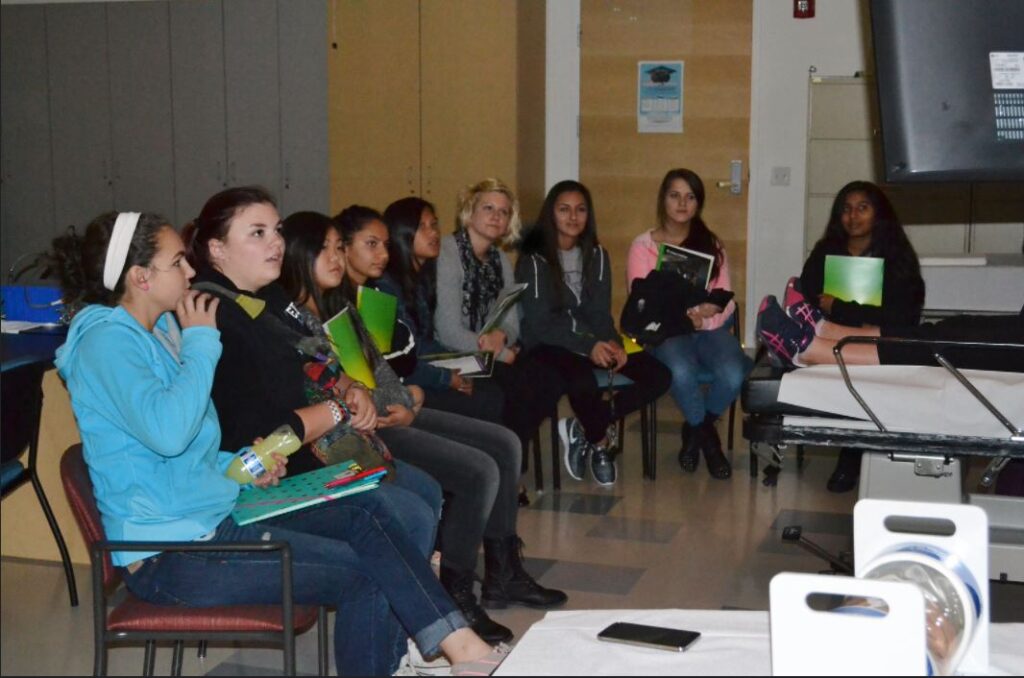
Push Back
At this point, only one state mandates Asian American history to be taught in public schools.
In July, Illinois became the first state to require a unit of Asian American history. Oregon requires ethnic studies for students K-12. Other states lag behind.
Some states have even gone in the opposite direction. They have restricted teachings on race and other topics, with the claim of preventing discomfort in classrooms. According to Edweek, 26 states have introduced bills restricting the teaching of critical race theory, and 12 have enacted these bans.
“Those fearful of critical race theory have difficulty articulating what it is and have mistakenly cast it as a hateful, divisive ideology when it is just the opposite,” said Umemoto.
“In order to dismantle racism, we need to understand how race was constructed to begin with. Critical race theory helps us to do this and to become more aware of the ways in which racism and racial bias has become embedded in our thinking and our institutions so we can undo that and create a more just and equitable society.”
Asian American history is filled with violence, imperialism, xenophobia, and discrimination. Although the truth may be uncomfortable and it may be ugly, it is still the truth, Kwoh maintains. “Its important to tell the truth. Because if you don’t tell the truth, then when people find out about what really happened, there’s more disillusionment with the system that didn’t tell them the truth.”
WHY NOW?
All three people we interviewed agree the importance of teaching AAPI history in schools is unquantifiable. Asian Americans have long contributed to the cultural, technological, and political advancements in American history. Nothing is more American than a beautifully diverse, innovative, and resilient group of people.
“Yet so much of Asian America is excluded and even erased from American history. Asian American history is American history – full stop. Our stories need to be told, our history needs to be learned, and our contributions need to be celebrated,” said Nguyen.
Umemoto believes the erasure of Asian American contributions to American society is now culminating in the violence and anti-Asian hate we continue to see.
“Ignorance about who we are has been fatal, as we’ve seen with the rise in anti-Asian hatred and violence during the pandemic,” she said. “If we don’t even have a basic understanding of one another, how can we create an inclusive, democratic society where we can all belong and work together?”
“For American to better know the history of this country, they must know the history of Asian and Pacific Islanders in America,” Nguyen added.
Kwoh sees a connection between the lack of Asian American history in our schools and the stereotypes that persist about the community.
“When there is no history, there’s apt to be stereotypes. So when bad things happen, people believe bad stereotypes.”
“The stereotyping that Asians often confront are the perpetual foreigner: we’re always the foreigners, so we’re not real Americans and we can be treated in different ways.”
For example, Kwoh describes how although Japanese Americans were forced into internment camps, none were convicted of espionage, unlike some European Americans. “We were treated as the foreigner.”
Similarly, “Vincent Chin was seen as the foreigner building cars and taking jobs away from people in Detroit.”
“And then the model minority myth is another myth that is often thrown at us. Why teach Asian American ethnic studies? You guys are the model minority you don’t have a very big problem. Other groups have big problems. That’s a myth that slows down our ability to teach the truth.”
HOPE
Kwoh describes an inspiring story in Inglewood, a town neighboring Los Angeles. When meeting a Black school board member there, “the first thing she said to me was: do you know we have less than 1% of Asian students in our school system?”
“But then she said because the anti-Asian violence, it doesn’t matter, I think we should bring your resources into the schools. So in September she has set up a school training for all their teachers, all their K-8 teachers, and all their history teachers so they can understand all the resources we have, all the lesson plans we have.”
Kwoh implores educators of all kinds to make use of their materials and request assistance in implementing these lessons at asianamericanedu.org.
AsAmNews has Asian America in its heart. We’re an all-volunteer effort of dedicated staff and interns. Check out our new Instagram account. Go to our Twitter feed and Facebook page for more content. Please consider interning, joining our staff, or submitting a story or making a contribution.



